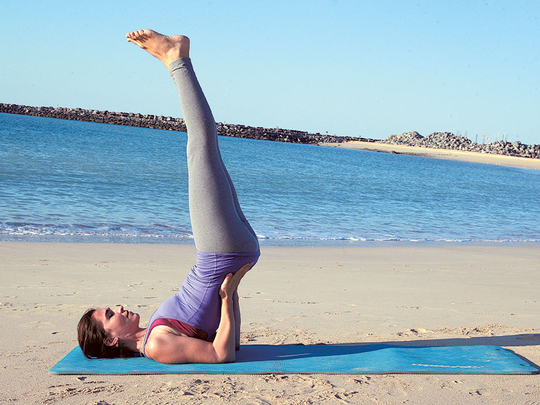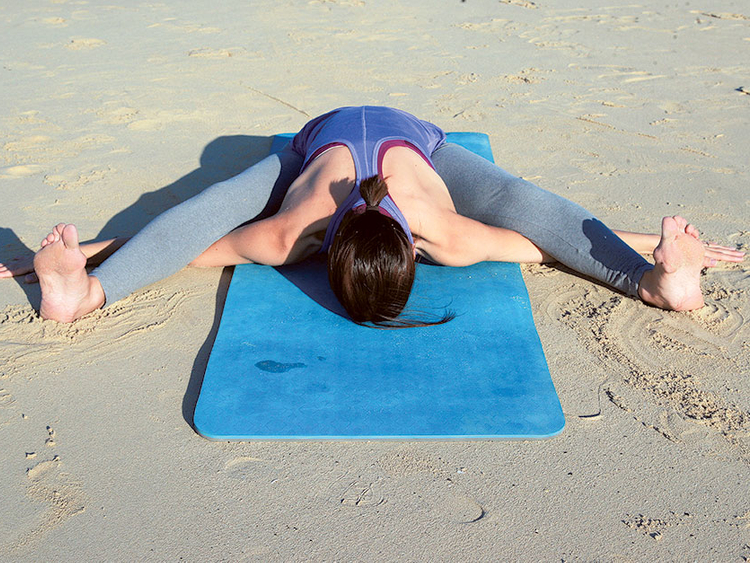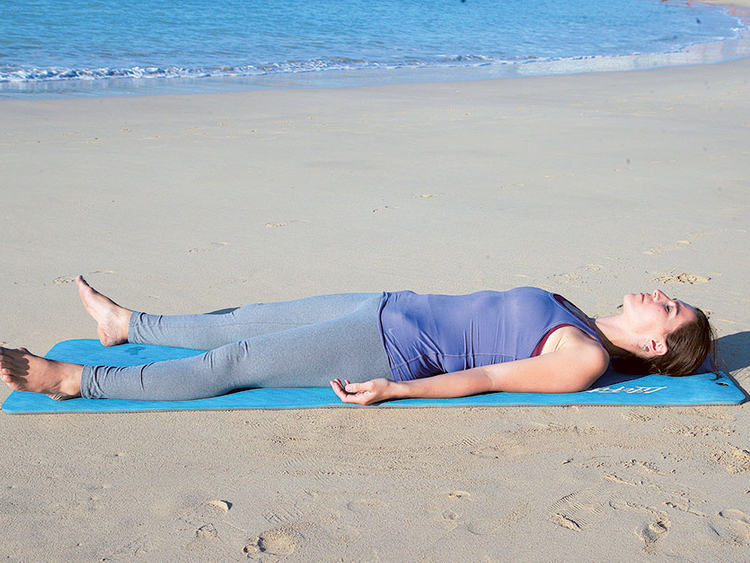
There has been a sharp increase in gynaecological disorders such as PCOS (polycystic ovarian syndrome), endometriosis, uterine prolapse and infertility issues in recent times. Stress, unhealthy eating habits, lack of sleep and exercise, and genetics contribute to these endocrinal disorders. Yoga can help establish equilibrium in the body and set a balance between the body and mind.
What is PCOS?
PCOS is a condition in which there is an imbalance in female fertility hormones — progesterone, oestrogen and androgen. Millions of women of child-bearing age around the world suffer from this disorder. The imbalance leads to the growth of ovarian cysts (benign masses on the ovaries) and can lead to weight gain, irregular menstruation, acne, hirsutism (excessive hair growth on face, chest, back and abdomen), insulin resistance (diabetes), and infertility.
Conceiving becomes difficult and there is an increased risk of miscarriages. Women suffering from PCOS also known to experience mood swings and depression. A healthy diet, good sleep cycle and regular exercise can help deal with PCOS.
Weight loss is essential to counter PCOS
Obesity is common for women suffering from PCOS, with most tending to gain weight around the waist and abdominal area. This increases the risk of diabetes, heart disease and sleep apnea. Also, women may overeat due to the mood swings. Research says that losing just 10-20 per cent of the weight can improve a woman’s health and help her conceive. On the other hand, women may not gain weight though the insulin levels are high, although other symptoms such as acne, hirsutism and irregular periods are clearly present.
Yoga can help women restore health and balance
Yoga yoga postures and breathing techniques help in reducing fat and losing weight as these improve metabolism. Specific postures can help keep the uterine, pelvic and groin muscles flexible and relaxed, reducing pain and discomfort. Inverted postures help immensely in gynaecological issues. However, they must be practised under guidance and a wall or chair should be used to serve as support initially.
Research has shown that yoga is one of the best ways to counter the erratic hormonal changes that lead to PCOS. It can also improve reproductive functions by reducing stress and balancing the neurohormonal profile.
The bandhas or neuromuscular locks help restore the hormonal balance in the body. There are three basic bandhas — jalandhara bandha (throat lock), uddiyana bandha (abdominal lock) and mula bandha (pelvic lock). Different pranayama techniques such as bhastrika, anulom-vilom and brahmari help greatly to improve health and energise the entire system.
Yoga nidra, which is a relaxation technique done under the instructions of a teacher, is proven to help relax the body, calm the nerves and increase awareness of one’s self.
Stress is reduced to a large extent which is important to regain hormonal balance. Thus, women are better equipped to deal with gynaecological disorders and can help themselves regain health and balance.
Next week: Back to basics — purpose of asanas
Practice of the week:
You can begin your practice with a set of 12 suryanamskars
Sarvangasana
Halasana
Kurumasana
Ardha Matsyendrasana
Shavasana
This is an interactive series, in which we will bring you practical tips on daily living, inspired by the vision of yoga.
Write in to tabloid@gulfnews.com with your questions and doubts regarding enhancing your lifestyle through yoga. For more information, call 800-YOGA (9642) or log on to artisticyoga.com














